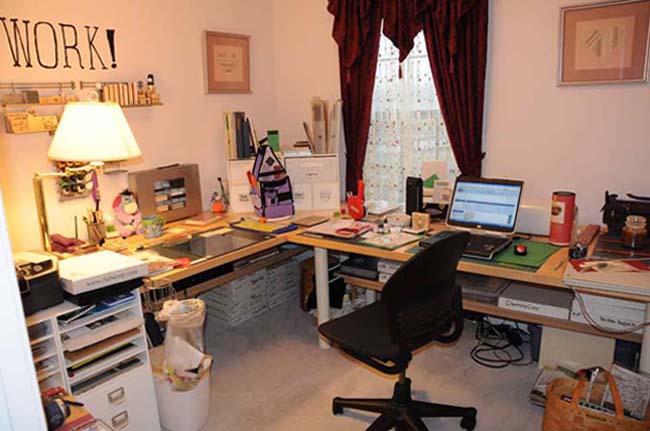When you go to the 'image size' pop-up in Photoshop, you'll often see a bunch of options that you don't understand. You know you should choose something that will make your image look good, but you aren't sure which one will work better. Here's what is happening.
When Photoshop changes the size of an image, it doesn't just randomly delete or insert pixels. It takes a look at the pixels surrounding the pixel to be deleted, or the space where one will be added and makes a decision based on what the surrounding pixels look like. If you are using bicubic, the pixels to each side, above and below, and even the diagonal pixels are factored into the decision. That will give you the best result. Your other options are Nearest Neighbor and Bilinear Interpolation. Bilinear is faster than Bicubic, but you won't get as good a result. Nearest Neighbor is good if you are working with relatively small images that you want to scale larger and you don't want to lose detail. Imagine a screen capture of an icon that you want to have just a little larger. Nearest Neighbor will be a good choice.
There are other options as well. You can choose Bicubic Smoother or Bicubic Sharper. Smoother is suggested by Photoshop, but it's better to use Bicubic Sharper if you are reducing your pixel resolution to make your image smaller. It retains detail and sharpness. If you are making your image larger, you want to use Bicubic Smoother, to avoid inadvertent 'pixelation' of your image. You'll have that anyway, but it will be reduced. I think of Bicubic Smoother as being able to smooth out the stairstepping of a diagonal line. It helps me remember which one I want to use. Stairstepping isn't ever an issue when you are going smaller.
Saturday, April 11, 2009
Subscribe to:
Post Comments (Atom)





No comments:
Post a Comment